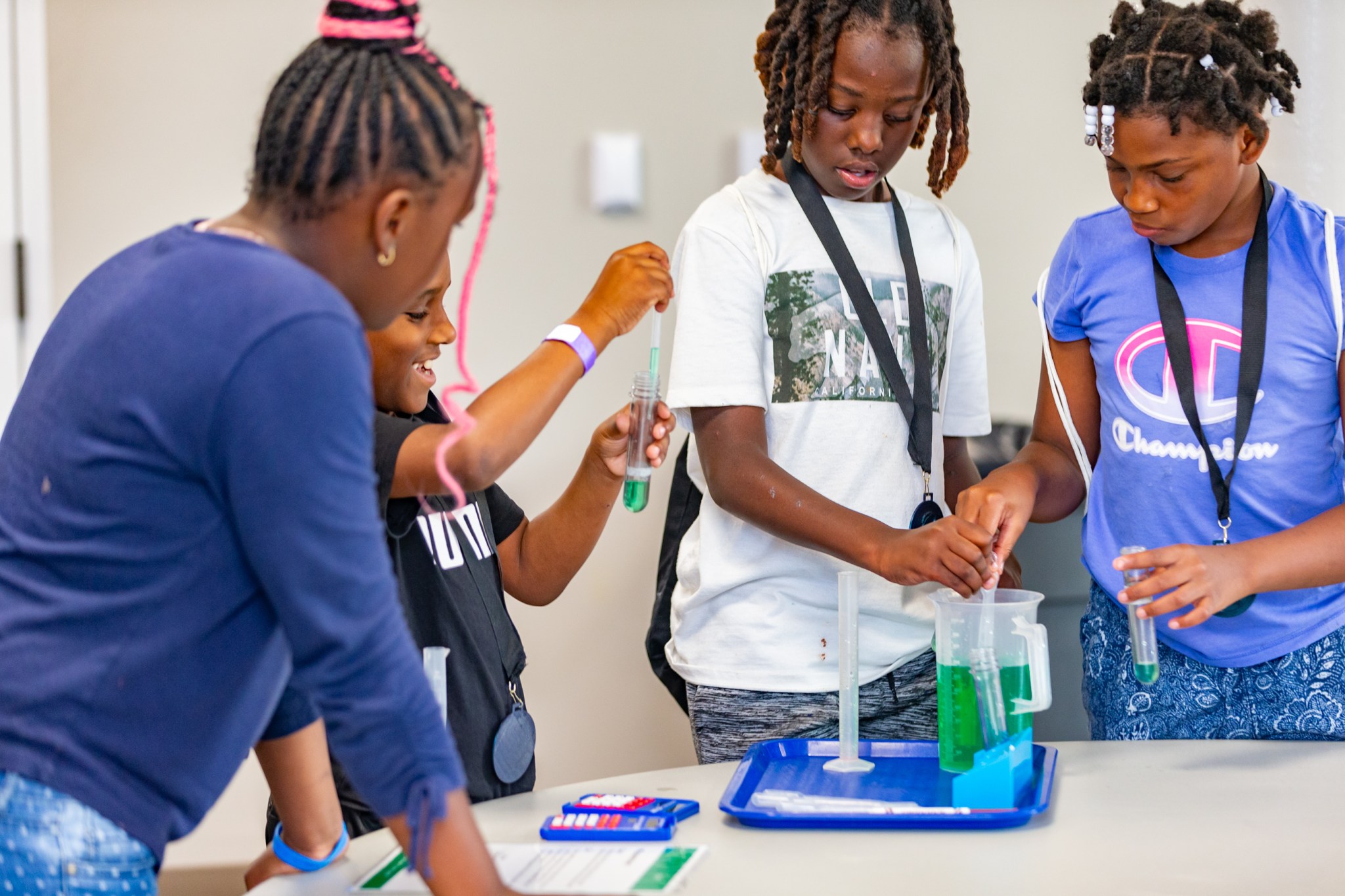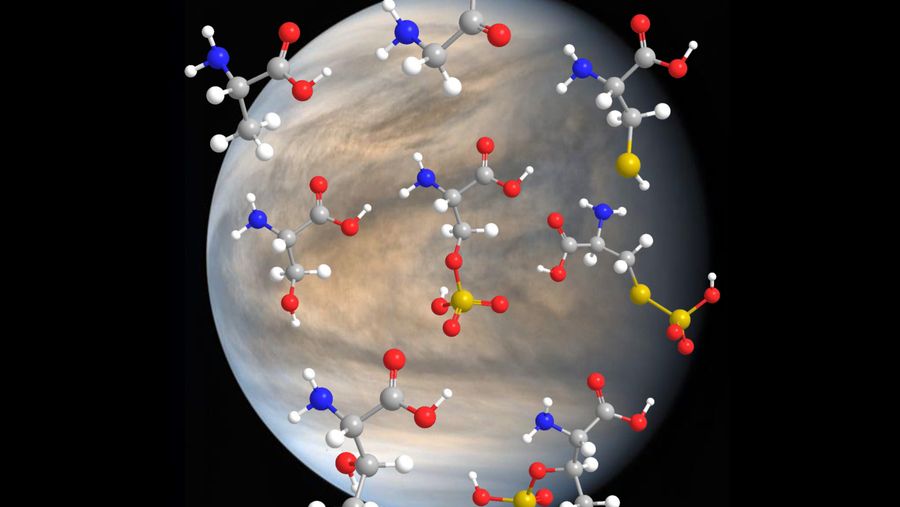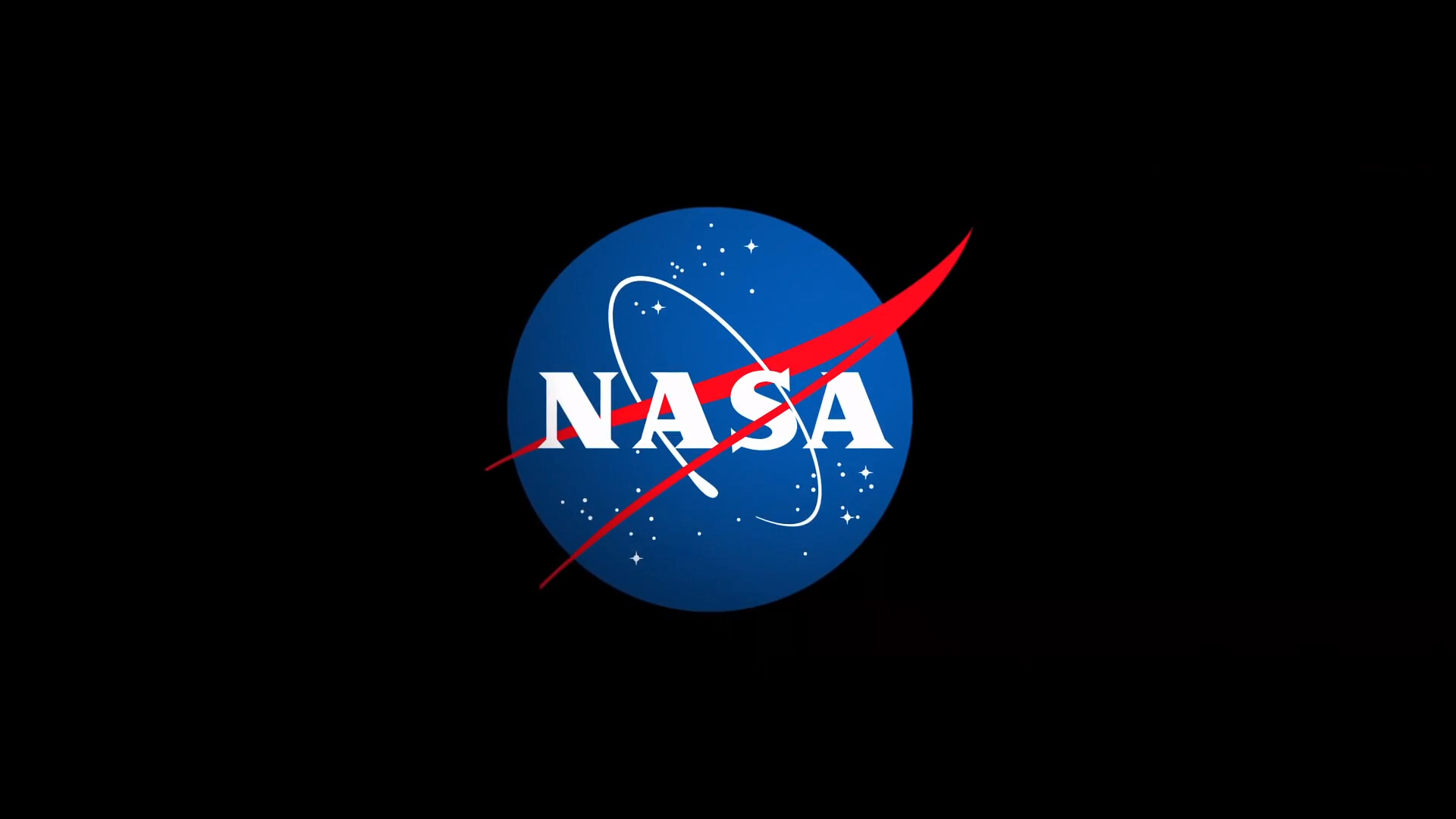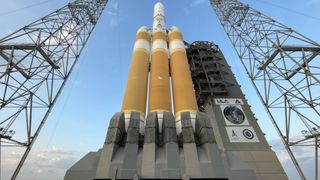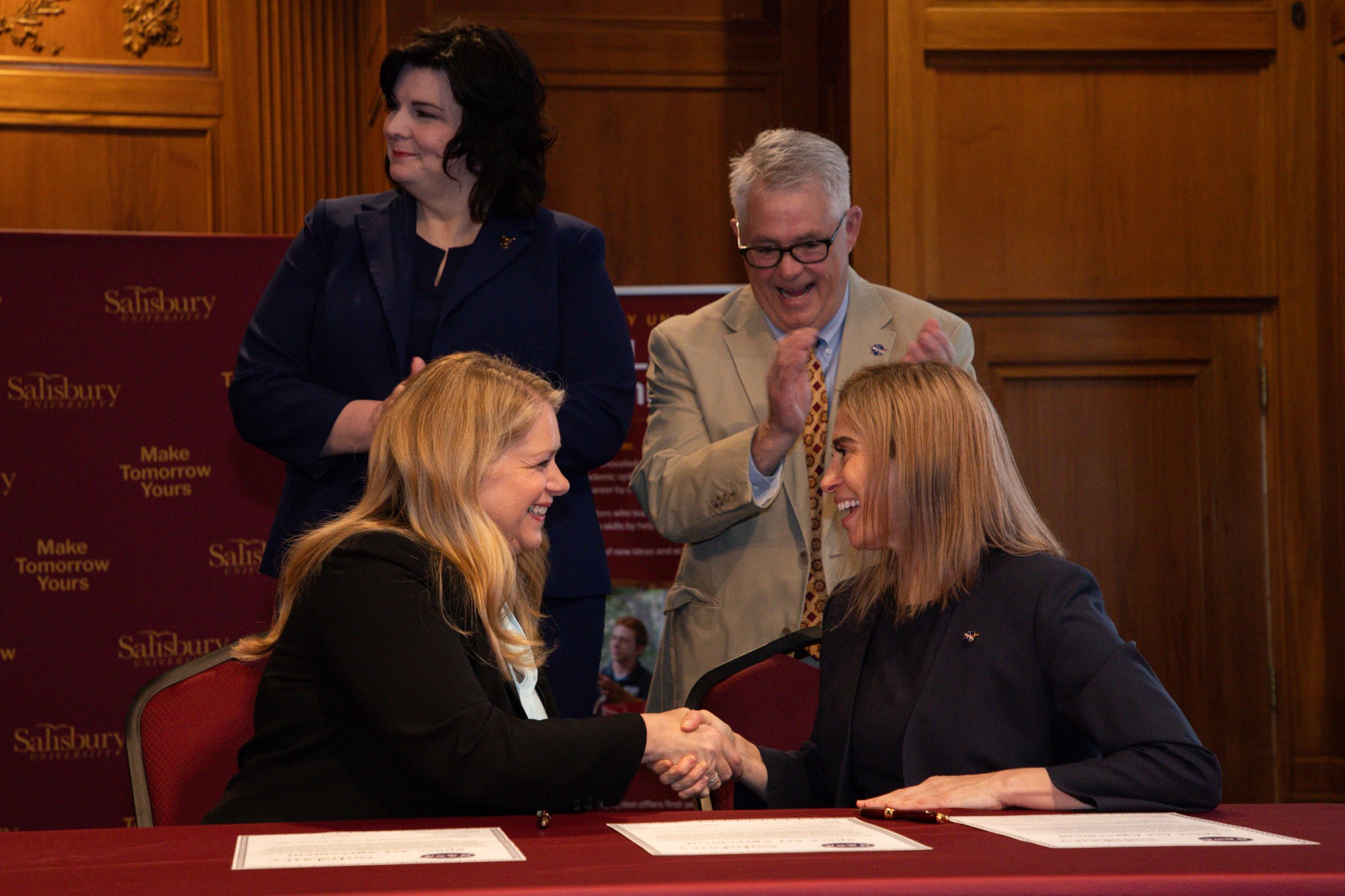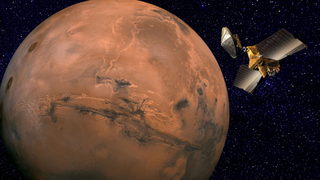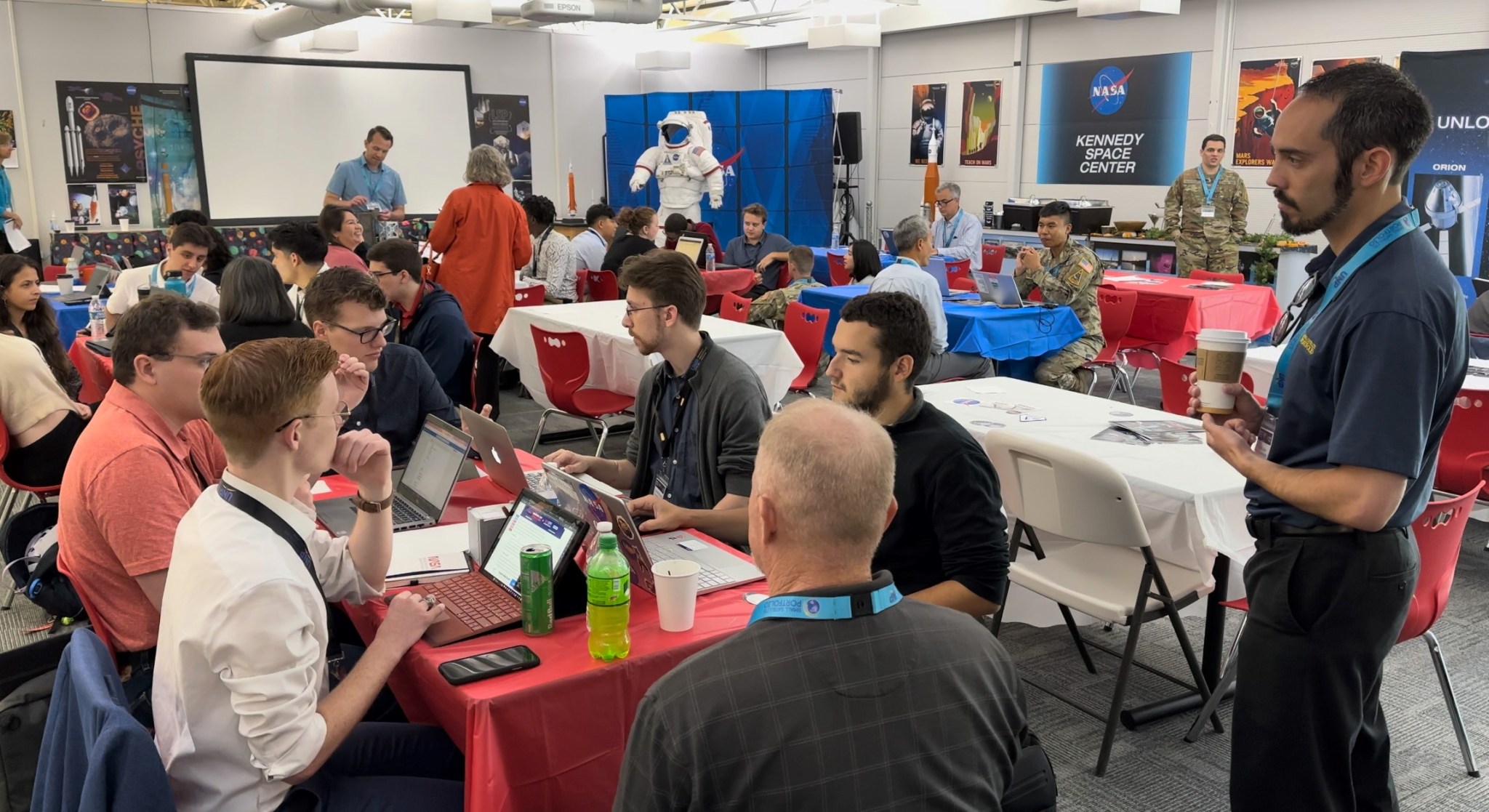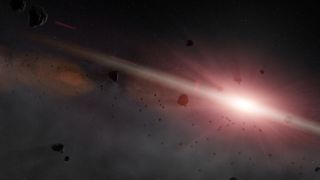Orlando Science Center brings STEM engagement to the community via a weekly after school series, culminating in an Engineering Design Challenge. Credits: Orlando Science Center NASA is awarding approximately $3.7 million to 17 museums, science centers, and other informal education institutions as part of an initiative to ignite STEM excitement. The money will go toward projects that inspire students and their learning support systems to take an active role in the wonder of science, technology, engineering, and math. “We’re excited to grow the community of informal education organizations through…
Read MoreMonth: March 2024
Life as we know it could exist on Venus, new experiment reveals
If Venus hosts lifeforms in its toxic clouds, they likely won’t be deprived of amino acids, one of the essential building blocks of life (as we know it). At least, that’s what scientists say is the result of a new lab experiment. Despite being Earth’s “twin,” Venus sizzles at temperatures reaching hundreds of degrees and is blanketed by clouds made of corrosive sulfuric acid, a colorless, carcinogenic liquid that dissolves metals, erodes our teeth and irritates our eyes, noses and throats. As such, the rocky planet isn’t considered to be…
Read MoreNASA Selects Construction Management Services Acquisition Contractor
NASA has selected small business Firelake-Arrowhead NASA Services Joint Venture of Lawrence, Kansas, to acquire construction management, inspection, surveying, and testing services at NASA centers across the country. The Construction Management, Inspection, Surveying, and Testing (CMIST-II) contract was competed as a Small Business 8(a) set-aside, and the maximum contract value is approximately $38.8 million. This is a hybrid contract with firm-fixed-price and cost-plus-fixed-fee for base services plus a firm-fixed price indefinite-delivery/indefinite aspect performed at NASA’s Glenn Research Center at Lewis Field in Cleveland and Neil Armstrong Test Facility in Sandusky,…
Read MoreFinal launch of Delta IV Heavy rocket scrubbed late in countdown
We’ll have to wait at least one more day to see the swan song of United Launch Alliance’s (ULA) powerful Delta IV Heavy rocket. The Delta IV Heavy was supposed to launch for the final time this afternoon (March 28), sending a U.S. spy satellite skyward from Cape Canaveral Space Force Station in Florida. But the attempt was scrubbed with just under four minutes left in the countdown “due to an issue with the gaseous nitrogen pipeline which provides pneumatic pressure to the launch vehicle systems,” ULA wrote in an…
Read MoreNASA, Salisbury U. Enact Agreement for Workforce Development
2 min read Preparations for Next Moonwalk Simulations Underway (and Underwater) NASA and Salisbury University (SU) in Maryland signed a collaborative Space Act Agreement Thursday, March 28, 2024, opening new opportunities at the agency’s Wallops Flight Facility in Virginia for students in science, technology, engineering, and mathematics (STEM) fields. NASA’s Goddard Space Flight Center Director Dr. Makenzie Lystrup (right) shakes hands with Salisbury University President Dr. Carolyn R. Lepre during the SU Space Act Agreement signing ceremony held in Salisbury, Md., Thursday, March 28, 2024. Provost and Senior Vice President…
Read MoreGiant Mars asteroid impact creates vast field of destruction with 2 billion craters
Over two million years ago, a giant asteroid slammed into Mars, scarring the surface with one massive crater and around two billion smaller individual craters. These secondary craters appear across a region of 1,000 miles (1,800 kilometers), making this asteroid event one of the biggest impacts seen on the Red Planet in relatively recent history. Asteroids massive enough to create widespread destruction like this are estimated to impact Mars just once every 3 million years. The impact occurred at the equator of Mars in a region humanity has named Elysium…
Read MoreMariner 7 Goes to Mars
An Atlas-Centaur launched at 5:22 p.m. EST on March 27, 1969, to send Mariner 7 on its way to Mars. Mariner 7 joined its sister spacecraft, Mariner 6, on a journey that carried them within 2,000 miles of the red planet that summer. Mariner 6 was launched from Kennedy Space Center in Florida on Feb. 24 and investigated the Martian equatorial area while Mariner 7 concentrated on the south polar cap.
Read MoreNASA, Partners Select Universities for CubeSat Summer Program
College students attend the 2023 Mission Concept kickoff event at Kennedy Space Center in Florida in May 2023. At the event students work with officials from NASA and branches of the U.S. military to learn more about creating CubeSat mission launch proposals. NASA EDGE Eight university teams have been selected to work with NASA and the U.S. military to improve their small satellite proposals, ultimately increasing the possibility of flying their technology in space, and potentially launching their own careers in the space industry. NASA’s CSLI (CubeSat Launch Initiative) is…
Read MoreNASA Astronaut Loral O’Hara, Expedition 70 Science Highlights
4 min read Preparations for Next Moonwalk Simulations Underway (and Underwater) NASA astronaut Loral O’Hara is returning home after six months aboard the International Space Station. During her time on the orbiting laboratory, O’Hara contributed to dozens of scientific investigations and technology demonstrations to prepare for future space exploration missions and generate innovations and benefits for humanity on Earth. Here is a look at some of the scientific activities O’Hara conducted during her mission: Biking for Better Health NASA NASA astronaut Loral O’Hara is among the first astronauts participating in…
Read MoreStardust particle locked in meteorite holds secrets of a star’s explosive death
Scientists have discovered a rare stardust particle that came from the explosive supernova death of a distant star. This speck, it seems, is locked within an ancient meteorite. The grain of dust, though small, can help tell a story of stellar life, death and rebirth that spans almost the entire 13.8 billion-year history of the cosmos. It could also allow scientists to unlock the secrets of a recently discovered type of star that dies in a unique supernova explosion. “These particles are like celestial time capsules, providing a snapshot into…
Read More